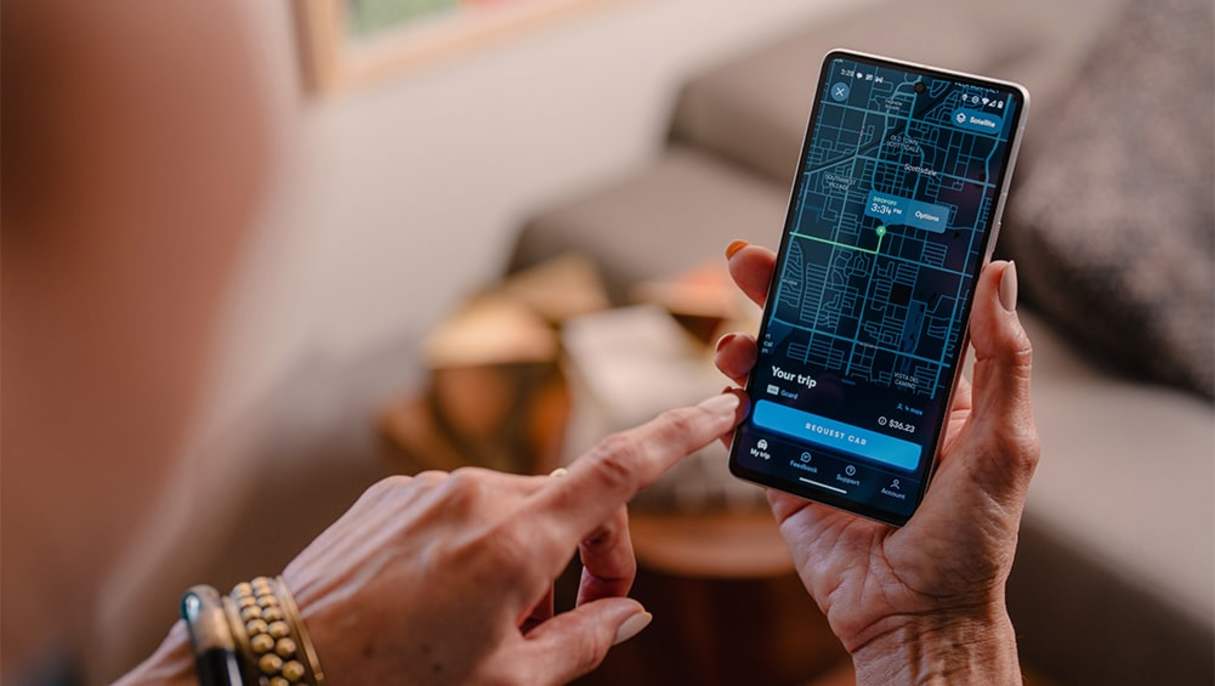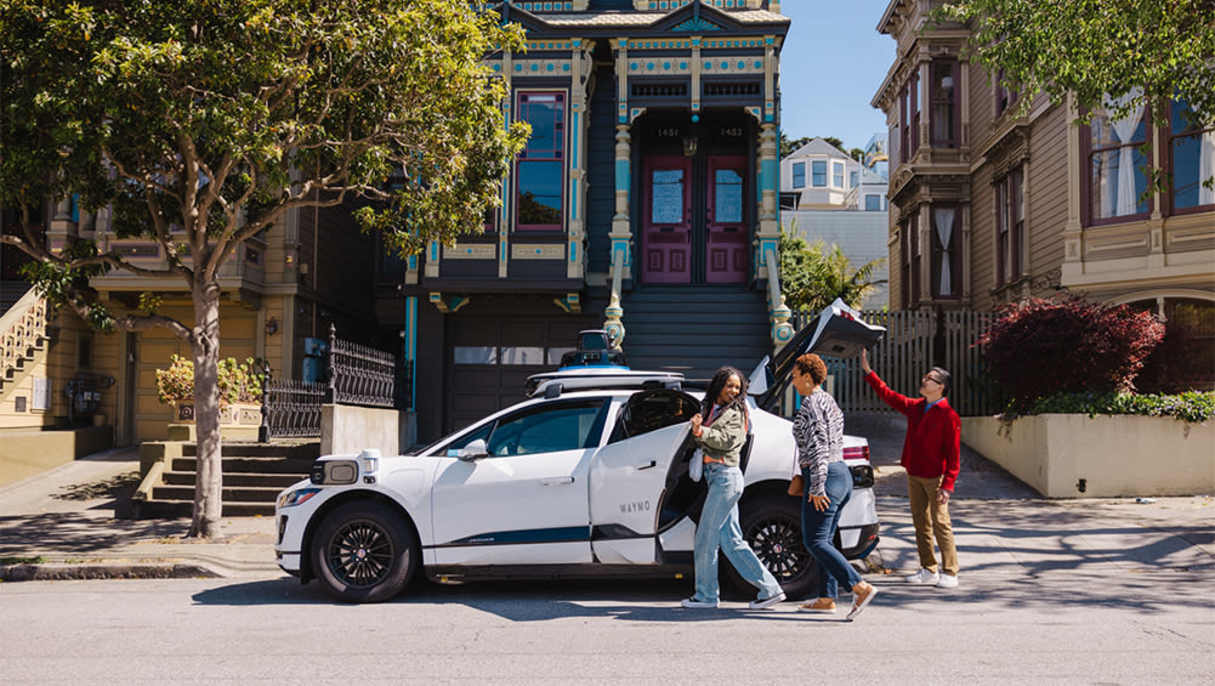I put my life in the hands of a computer, trusting it to drive me at speed, in traffic on the mean streets of Los Angeles.
Spoiler alert: I survived.
There’s been a lot of talk about self-driving cars for more than a decade. Elon Musk has been publicly promising ‘full self-driving’ since at least 2015 but it’s yet to become a reality for Tesla. However, there is one company that isn’t just talking about it, it has more than 1000 driverless cars already on the road and chauffeuring the general public around in heavy traffic.
That company is Waymo, which began life as the Google self-driving cars project but evolved to become its own entity, but still part of Alphabet Inc. that owns the search engine. The change of name came in 2016 and was a significant milestone for the project as it represented the shift from research and development to being a commercial business.
The company also spent from 2009 (when Google first began the project) until 2020 developing the technology before it allowed members of the public to ride inside the cars and went fully commercial. The initial test period was in Phoenix, Arizona, but since then Waymo has expanded to Los Angeles, San Francisco and Austin.
Fast forward to last week and a trip to Los Angeles as the Waymo One, which is a Jaguar I-Pace retrofitted with an array of technology, are a common sight on the streets. The white cars with the awkward looking add-ons drive around a specific region of the city, broadly speaking between Santa Monica and Hollywood, and navigate through regular traffic.
Having been a long-time self-driving car skeptic, my initial reaction to seeing these cars was shock and concern. But as more and more of them appeared and seemingly negotiated LA traffic with confidence I became intrigued and in the name of journalism I decided to risk my life and go for a ride.
Waymo operates as a robotaxi, so you book a ride just like you would an Uber, Didi or any app-based ride company. Simply download the app to your phone, add your credit card details and order a car — without a driver — to come and pick you up.
Speaking of credit cards, interestingly, despite the expense Waymo has gone through developing this technology, I noticed that it was a much cheaper service than its rivals with a human driver. My approximately 10 minute ride cost just over US$11, while the equivalent Uber was closer to US$20.

This does raise the human cost of driverless cars. There are tens of thousands of Australians currently earning a living either driving a taxi or working for a ride-sharing company. Replacing them with computers may be safer and cheaper, but it raises moral and ethical questions that we need to ask about how our society will be shaped by technology, in particular automation. But that’s a much longer story…
Getting back to my first-hand experience with the Waymo One, what puts my mind at ease is just how much technology the company has added to the car. The sleek lines of the Jaguar are ruined by Waymo’s volume of cameras, sensors and other technology that is clearly needed to make this concept safe. In particular, Waymo has added both radar (radio detection and ranging) and lidar (light detection and ranging) rather than relying solely on cameras and sensors like Tesla prefers.
There are a few small differences between Waymo and the other ride-sharing app, namely that you need to give it permission to connect to your Bluetooth, because it uses that to connect your phone to the car so you can open the doors.

You identify your particular Waymo from the dozens you might see in any area with your initials displayed on the roof panel. When it pulled up, my car safely found a parking spot a few metres from where I was standing, the app prompts you to open the doors and climb in. Jumping into the passenger seat and being greeted by an empty driver’s seat is an unnerving experience the first time.
The infotainment system gives you a brief introduction and explanation and then the car simply pulls away and gets the journey started. It doesn’t take long for any early nerves to settle as the Waymo One drives with more smoothness and confidence than many human equivalents can manage. It can not only stop, turn and go without missing a beat, it can also give someone hopping out of their car a wide berth, carefully merge into fast-flowing traffic and negotiate tricky spots. In short, this driverless car drives like a human.
It doesn’t take long for our journey to end, with the infotainment screen telling us what to expect when the Waymo One pulls over, but it’s a short trip that left a big impression on me. Certainly my skepticism around the moral and ethical questions this technology raises remain, but I now have more confidence and belief in the technology.
Thankfully, we’re probably still a few years away from having to deal with these questions in Australia, but make no mistake, the future is coming and we’ll eventually have to work out who we want taking the wheel…





_0.jpg)
.jpg)
.jpg)






.jpg)















_0.jpg)





.jpg)
